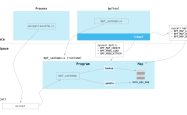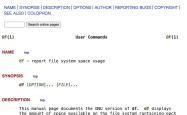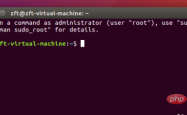tr命令在统计英文单词出现频率中的妙用
tr命令我们很清楚,可以删除替换,删除字符串。 在英文中我们要经常会经常统计英文中出现的频率,如果用常规的方法,用设定计算器一个个算比较费事,这个时候使用tr命令,将空格分割替换为换行符,再用tr命令删除掉有的单词后面的点号,逗号,感叹号。先看看要替换的this.txt文件
The Zen of Python, by Tim Peters
Beautiful is better than ugly.
Explicit is better than implicit.
Simple is better than complex.
Complex is better than complicated.
Flat is better than nested.
Sparse is better than dense.
Readability counts.
Special cases aren't special enough to break the rules.
Although practicality beats purity.
Errors should never pass silently.
Unless explicitly silenced.
In the face of ambiguity, refuse the temptation to guess.
There should be one-- and preferably only one --obvious way to do it.
Although that way may not be obvious at first unless you're Dutch.
Now is better than never.
Although never is often better than *right* now.
If the implementation is hard to explain, it's a bad idea.
If the implementation is easy to explain, it may be a good idea.
Namespaces are one honking great idea -- let's do more of those!
上面的文本文件,如果要文中出现次数的最多的10个单词统计出来,可以使用下面的命令
?| 1 2 3 4 5 6 7 8 9 10 11 | [root@linux ~] # cat this.txt | tr ' ' '\n' | tr -d '[.,!]' | sort | uniq -c | sort -nr | head -10 10 is 8 better 8 than 5 to 5 the 3 of 3 Although 3 never 3 be 3 one |
可谓非常方便!
总结
以上就是这篇文章的全部内容了,希望本文的内容对大家的学习或者工作具有一定的参考学习价值,谢谢大家对服务器之家的支持。如果你想了解更多相关内容请查看下面相关链接
原文链接:https://blog.csdn.net/Jerry_1126/article/details/87906567
1.本站遵循行业规范,任何转载的稿件都会明确标注作者和来源;2.本站的原创文章,请转载时务必注明文章作者和来源,不尊重原创的行为我们将追究责任;3.作者投稿可能会经我们编辑修改或补充。











